|
Susan M. Tellem, RN, BSM
When Peter Mitchell* bought a quarter-size green turtle from a Los Angeles street vendor for his young son Danny, he had no idea he was bringing home a tiny package of life that packed a big wallop of a disease. Within days, Danny ended up in the ICU with severe vomiting, lethargy and fever. He almost died from Salmonella. An infant in New York City, admitted to the hospital with vomiting, chills and fever also was diagnosed with Salmonella. Although there were no reptiles in the child’s household, her babysitter passed along Salmonella from her pet iguana. In Texas, an HIV positive, 45 year old pet store employee who routinely handled reptiles, was treated for severe Salmonella sepsis (a serious illness that results when Salmonella enters the blood stream). All over America, men and women, adults and kids are unknowingly trading, buying and giving “the gift” of Salmonella, a infection that can kill. Reptiles, like iguanas and water turtles are purchased at pet stores, as well as * not his real namefrom the black market, private reptile breeders and swap meets. Many reptile sellers do not post warnings about the dangers of Salmonella even though state and federal laws require it. What is Salmonella? According to the New York Department of Health, Salmonella is “a bacterial infection that generally infects the intestinal tract and occasionally the blood stream. Symptoms include mild to severe diarrhea, fever and occasionally vomiting. Symptoms generally appear one to three days after exposure. It is spread by eating or drinking contaminated food or by contact with infected people, animals and reptiles.” Reptiles are more popular than ever. According to the Pet Industry Joint Advisory Council, there are between seven and eight million pet reptiles owned in about three percent of America’s households. Reptile ownership is on the increase. U.S. Fish and Wildlife reports while about 27,000 iguanas were imported in 1986, the figure increased to almost 800,000 in 1993. Upwards of 80 percent of the imported iguanas carry Salmonella, according to Richard Evans, DVM, Chief of Veterinary Services, Veterinary Public Health, Orange County (Calif.) Health Agency. “If you bought an iguana, you bought the wrong pet,” he says emphatically. “There is no known treatment for Salmonella in the iguana (or turtle). Even if you treat the Salmonella in your pet, it returns.” While most healthy adult owners show no symptoms of Salmonella even if they are infected, Dr. Evans says children under five, pregnant women and the elderly as well as those whose immune systems are compromised such as those with AIDS, kidney transplants or people undergoing treatment for cancer are at risk of serious illness or even death from Salmonella infection.Dr. Evans warns teachers that reptiles (and other animals like chicks that also carry Salmonella) are not appropriate for classrooms. “Show them pictures,” he says. A teacher is a sitting duck for a lawsuit should any of the children in the classroom get infected. “Teachers know the risks, so if a parent were to sue for a million dollars (much more if the child dies), the parent will win.” It is not worth the risk he says. Turtle Invasion During the 1970s, millions of tiny baby turtles were sold throughout the United States as pets. By the mid-70s, a quarter of a million children and infants were diagnosed as having turtle-associated Salmonella. In 1975, the Food & Drug Administration, in an effort to stop the problem, prohibited the sale of any turtles under four inches in length. This law still stands but is poorly enforced. According to American Tortoise Rescue (ATR), Los Angeles, and the New York Turtle and Tortoise Society, throughout the country, tiny turtles called red-eared sliders are being sold by vendors on street corners, in shopping malls, in front of museums and even at pet stores. Typically ranging in price from $2 to $10, turtles imported from Mexico and harvested from Louisiana are often infected with Salmonella. “Buyers tell us that none of the black market vendors ever issued a health warning with the sale of the turtles,” says Marshall Thompson, co-founder of ATR. Unsupervised children are frequently at risk with these small turtles because they can easily put them in their mouths. “We’ve been in pet stores where illegal turtles were for sale,” says Thompson. “As we watched, children under five fished out the turtles from the tank where they were for sale and never washed their hands afterward.” Protect Yourself According to national reptile specialist, Walter Rosskopf, DVM, who runs the Avian & Exotic Animal Hospital in Hawthorne, Calif. “Reptiles can be kept by responsible people who take strict precautions.” He is opposed to children owning reptiles because of the health hazards.Says Dr. Rosskopf, “Salmonella, in my experience, is seen most commonly in water turtles, boa constrictors and iguanas. The infected reptile frequently shows no symptoms, and culturing stools to identify Salmonella is a hit and miss proposition.” Dr. Rosskopf gives good advice for those who currently have reptiles as pets or plan to purchase one.
Although it might be tempting, Dr. Rosskopf also warns, “Do not kiss your reptile.” Want to Know More? The Centers for Disease Control in Atlanta publishes a free brochure on Salmonella. Write to CDC, MMWR MS (C-08), Atlanta, GA 30333. For free information on Salmonella, contact American Tortoise Rescue at [email protected]. About the author: Susan Tellem is a registered nurse and executive director of American Tortoise Rescue in Los Angeles. She founded the nonprofit sanctuary with her husband, Marshall Thompson, in 1994. Together, they rescue and rehabilitate all species of turtles and tortoise. Neither has ever had Salmonella. For your fact checking: Richard Evans, DVM 714-935-6931 Walter Rosskopf, DVM 310-679-0693 Marshall Thompson 213-934-0336 Allen Salzberg 718-275-2190 Think Before You Leap
|
Please post an email with your comment or email [email protected] if you want a personal answer for a blog question! Archives
November 2023
Categories
All
|


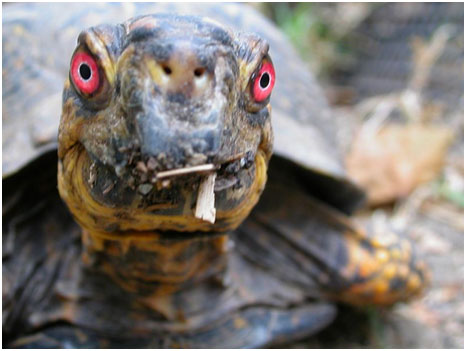
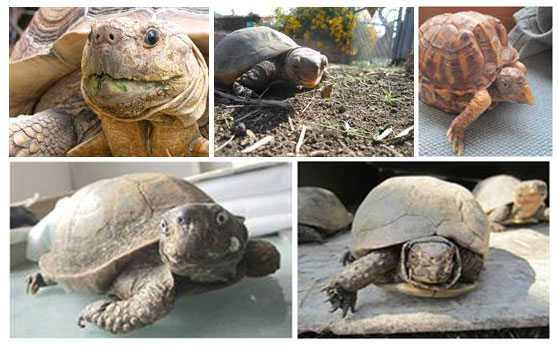
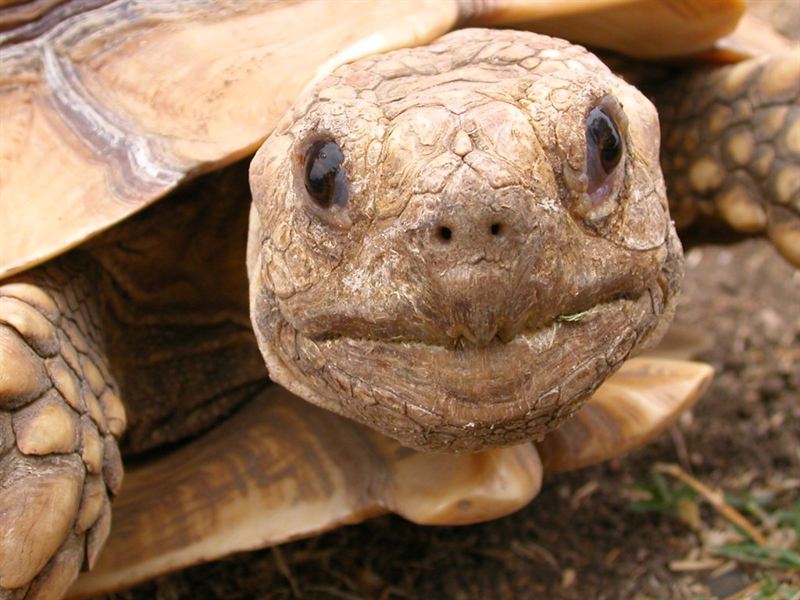
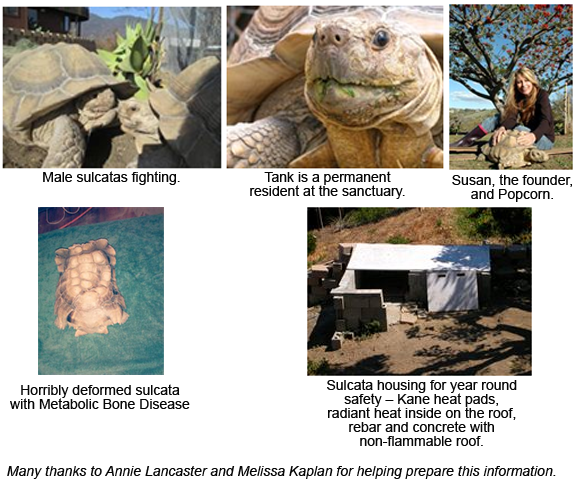
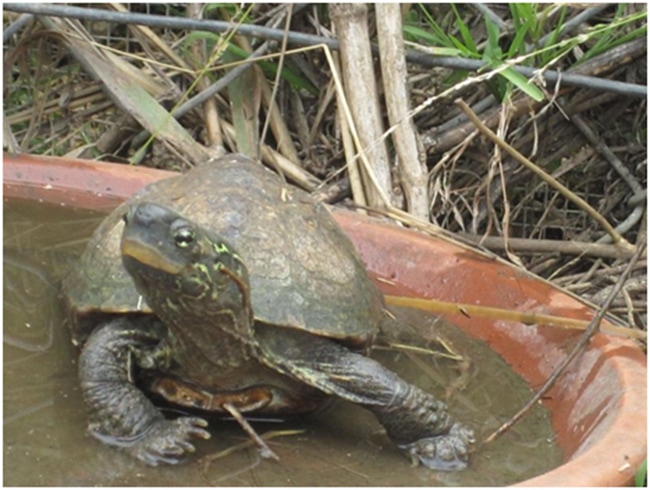

 RSS Feed
RSS Feed